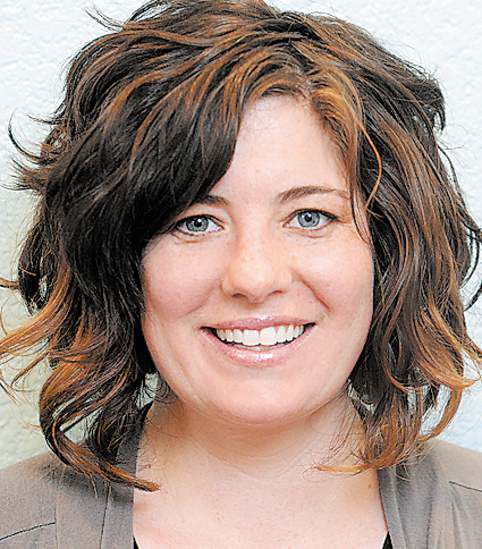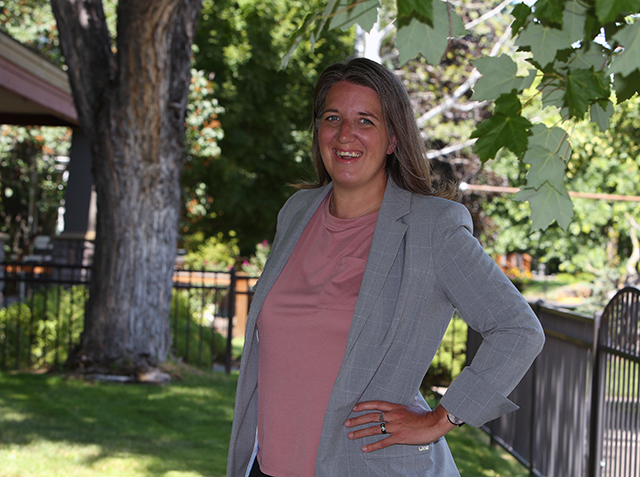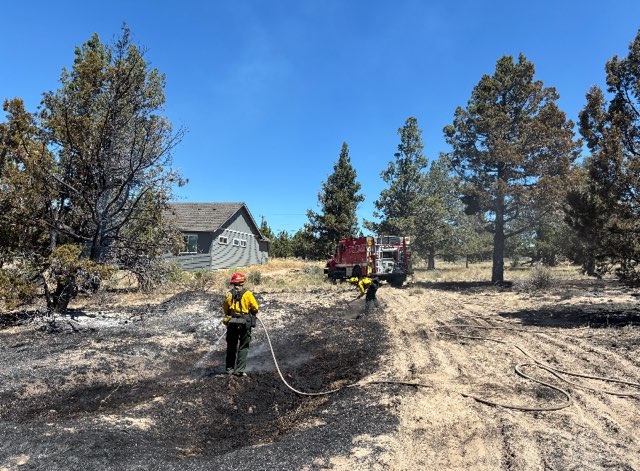Cut-and-dry solutions for the naturally curly
Published 5:00 am Wednesday, March 16, 2011

- Lindsey O’Brien’s hair before, left, and after being styled at Shapes salon in Denver on March 3. The salon specializes in cutting curly hair.
Nearly everyone with curly hair has been told, “You’re so lucky,” usually by someone with tidy, effortless-looking straight hair.
But nearly everyone with curly hair knows about the endless, sometimes hopeless pilgrimage to find someone who knows how to deal with their waves, kinks and corkscrews.
Trending
“They always would cut it, and I would look like Sideshow Bob or a clown,” said Cori Plotkin, whose “frizzy, insanely crazy curly” hair has puzzled stylists all her life.
“Because my hair is also thin, it would go outward the next day — totally a triangle.”
She bounced from one salon to another. Some haircuts were “initially OK.” Sometimes she walked out hating the result.
Then she found Denver stylist Melissa Vaz, and “for the first time, I can wear my hair down without looking bushy-haired,” Plotkin said.
“I love my hair!”
The difference? Vaz was trained through Ouidad, one of several programs that teaches stylists to dry-cut curly hair.
Trending
Devachan is another method that creates curly-hair evangelists.
Among the Devachan converts is University of Wyoming professor Meg Wood. She drives 145 miles from her home in Laramie, Wyo., to get her curly hair cut by Devachan-trained Julia McBride in Denver.
“Over the years, I’ve thought, ‘Oh, gosh, it’s crazy to drive twice a year to go all the way to Denver for a haircut!’” she said.
“And I’ve tried going to other hairdressers. But when I do, the initial cut has been all right at first, but shortly thereafter, it drives me crazy! It begins to stick out in weird places. It doesn’t curl as evenly, or just doesn’t curl at all. So I just drive to Denver every six months, and I’m happy with my hair.”
At a dry-cut hair styling session, the shampoo takes place after the haircut — a sequence that startles new clients before turning them into converts.
“Curls need water,” said McBride, a graduate of Devachan training in New York.
When McBride cuts a client’s hair, she snips the very tips of individual curls after analyzing the curl pattern. This doesn’t always look too promising.
As McBride trimmed Lindsey O’Brien’s hair on a recent afternoon, she pinned the hair into flat clumps that poked up like a bizarre cross between a hausfrau in rollers and a punk rock star. The look lent authority to O’Brien’s fear that her once-curly hair was a casualty of her recent pregnancy.
“My hair just looked flat after my daughter was born,” O’Brien said, looking skeptically into the mirror.
“You’ll be surprised,” McBride told her, starting to snip.
The transformation came after the shampoo, as O’Brien’s chestnut hair fell into its waves. To encourage the curl, McBride had O’Brien lean over a towel so her wet hair drip-dried. McBride helped the process by gently squeezing handfuls of hair, then patting O’Brien’s hair with a T-shirt — “Towels take out too much water,” she said.
Forty-five minutes later, O’Brien’s head was framed by shiny, wavy curls. This, she said, is why she makes the 60-mile trip from her Fort Collins home to get her hair cut in Denver.
A user’s guide to curly hair
Getting the most out of curly hair doesn’t necessarily require a special haircut — although that helps. It’s really about changing a grooming routine, says Lorraine Massey, who founded the Devachan salons and styling method. Her new book, “Curly Girl: The Handbook” (Workman, $13.95) is full of advice (and exquisitely painful puns). The most telling tips (and some of the most excruciating puns) are in Chapter 4, “Creating a Daily Root-ine.”
1: Ditch the shampoo, blow-dryer (unless it employs a diffuser), along with flat irons, brushes and hot combs.
2: Don’t clean your hair every day. Wash it only every three days or so. On the other days, just rinse the hair.
3: Instead of regular shampoo, made with detergents that Massey says will dehydrate hair and trap dirt and grime, use a sulfate-free cleanser (Massey recommends her organic DevaCurl No-Poo). Using a small amount of the cleanser, apply it directly to the roots of wet hair and massage firmly. Rinse it out, and add conditioner, and use your fingers to comb it through your hair.
4: Don’t worry about rinsing out all the conditioner — a little will help the curls stay hydrated.
5: Instead of towel-drying hair, lean over so your hair hangs over your face. Put a towel on the floor and let your hair drip onto it. Use your hands to grab small handfuls of hair and gently scrunch-squeeze excess water from your hair until it’s damp, not dripping. Dry your hair with an old cotton T-shirt, pillowcase, a microfiber cloth or a paper towel — not a regular bath towel. That reduces frizz, Massey says. Scrunch-squeeze your hair so the cloth absorbs more water.
6: To style your hair, use a gel that’s alcohol- and silicone-free. (Massey recommends DevaCurl Angell, Arc Angel or other hair-boosting products.) That encourages the curl but avoids the crunchy stiffness that characterizes many gels.








